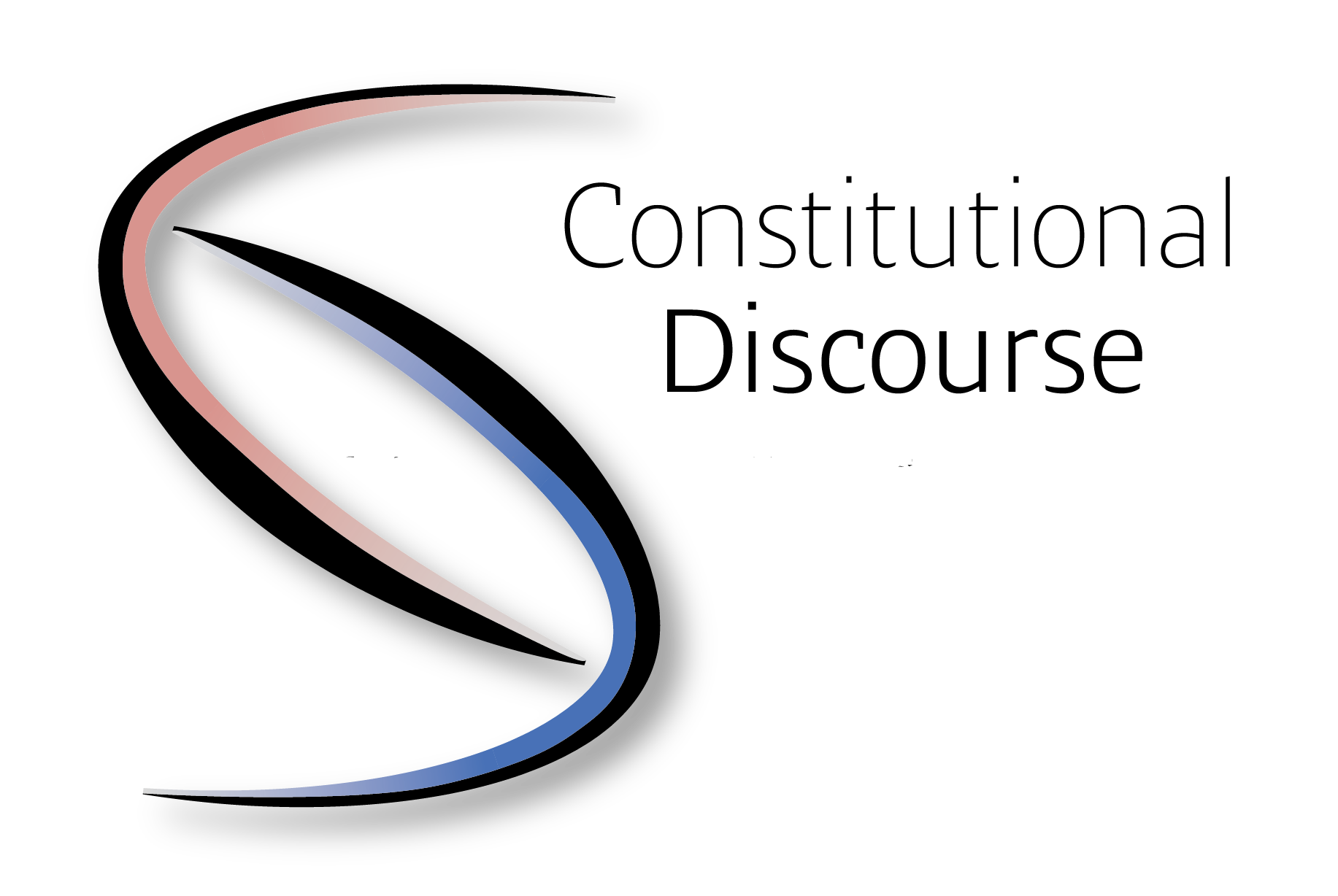Norbert TRIBL – Mónika MERCZ: Summary of the European Review
Edited by László Trócsányi and Gábor László Lovászy. The original book is in Hungarian, titled “Európai Körkép”, Budapest, Ludovika Egyetemi Kiadó, 2020
A handbook titled ‘European Review’ is a recent publication containing more than 800 pages. It was published (in Hungarian) by Ludovika University Publishing House in Budapest, edited by László Trócsányi and László Gábor Lovászy. The genre of the book can best be defined as a handbook, as it cannot be considered a monograph or a comparative work anchored in international law. It is a body of work containing complex, modern, easily transparent and quickly accessible data not older than five years. In addition, it is suitable to illustrate and explain broader international processes, different human rights issues and interdependent areas of EU law and policies encompassing Member States’ practices. The aim of this work is to examine the 26 current Member States of the European Union (excluding the editors’ home state, Hungary and the United Kingdom) in terms of their integration processes, and to show how they interpret and apply European values in response to the challenges of globalization.
Each country report contains four subchapters and begins with a brief overview of a country’s geopolitical determination. Subchapter 1 is titled “Respect for Identity, Culture and Traditions”, which is followed by the “Practice of the right to liberty and security” (Subchapter 2). Subchapter 3 is called “On certain aspects of the fight against discrimination” and the handbook is concluded by “The promotion of well-being” (Subchapter 4).
In the first subchapter the authors examine certain aspects and determinants of national identity. This pillar includes the specificities of the majority national consciousness, the situation of indigenous and autochthonous minorities, as well as constitutional identity. The first subchapter in this topic examines elements that can be considered as ‘other’ identity-forming factors in addition to the national and constitutional identity, such as the interpretation of religious freedom. For example, it is stated that one of the cornerstones of France’s constitutional and national identity is the rigid separation of State and Church, the laity (or laïcité), while in the case of Ireland or Malta, the Christian faith and its corresponding conservative values can be seen as elements of identity. The other topic discussed besides this subchapter are family policies’ main measures and philosophy, complete with answers to the geopolitical and identity questions as to why such reactions have occurred in each Member State in the face of the challenges presented. The stance on migration is also explored.
Subchapter 2 examines issues such as the specificities of the political system and the rule of law in each country, the status quo of the administration of justice, the security of citizens, and freedom of expression and conscience. Issues of public security such as terrorism or climbing crime rates and prison overcrowding, where relevant, are also presented as important matters of social concern. Reading the European Review opens up the readers’ eyes to the uniqueness of the Member States, the constitutional and political cultures that correspond to the identity of each nation, and the institutional and legal solutions that come with and from it.
The third subchapter deals with how the EU fights discrimination. After mentioning whether a country’s constitution contains regulations concerning gender equality, the rights of minorities or other norms promoting equal rights, five further subsections can be found. The first subsection is about the application of the principle of equal treatment between persons regardless of their racial or ethnic background. The second subsection breaches the topic of the fight against antisemitism, showing how prevalent it is in certain areas. Positive increments processed by the Review include an Action Plan developed in France, which aims to combat antisemitism and racism on the Internet, and to encourage inter-ethnic dialogue and diversity both in culture and in the media. Thirdly, the protection of the rights of children, women and persons with disabilities is mentioned. The fourth subsection is about equality in the workforce, so in terms of employment and occupation. This topic consists not only of the disadvantages women and people of color so often face in the labor market, but also of exclusion based on someone’s religion. The last facet of the topic is the abuse of personal freedom. The prison system of EU Member States being overcrowded is a significant problem, but physical abuse, diminishing services and opportunities in prisons across Europe, as well as homelessness are all deemed noteworthy to mention.
The fourth aspect from which the countries are examined is promotion of well-being. This encompasses the betterment of living standards, economic growth and other parts making up the general wellbeing of a country’s citizens. This subsection is divided into four subsections. The first of these deals with unemployment and poverty, but since the gathering of this information Covid-19 has taken a significant toll on the entire world’s economy, rendering some of the statistics processed and presented only orientative in nature. The second subsection is about economic policy, containing the topic of the role of the state in supporting the economy and the question of corruption, with an emphasis on its relation to immunity. The third facet of this discussion is the environmental policy of each country, and the conclusions drawn from the current trends. The last part of this section is about education and science. The existence of scientific councils and their independence, governmental bodies dealing with education and other related facts are mentioned.
The work put into creating this volume is undoubtedly gigantic, which shows itself through the amount of statistics, surveys and other resources used and through the sheer scientific value it managed to produce. Personally, we think that the ‘European Review’ fills a niche in the market and is an exceedingly unique handbook. It is a standalone publication in the world of reviews, one that can compile huge amounts of data in an intriguing and thought-provoking manner. This book is useful not only for experts of law, but also for students, teachers and anyone who is willing to broaden their worldview through the lens of a fact-based, balanced and truly singular work. Overall, we have been convinced, both as reviewers and readers, that the ‘European Review’ will be suitable for the purpose originally conceived by the editors.
Norbert TRIBL – Mónika MERCZ (Editors)





